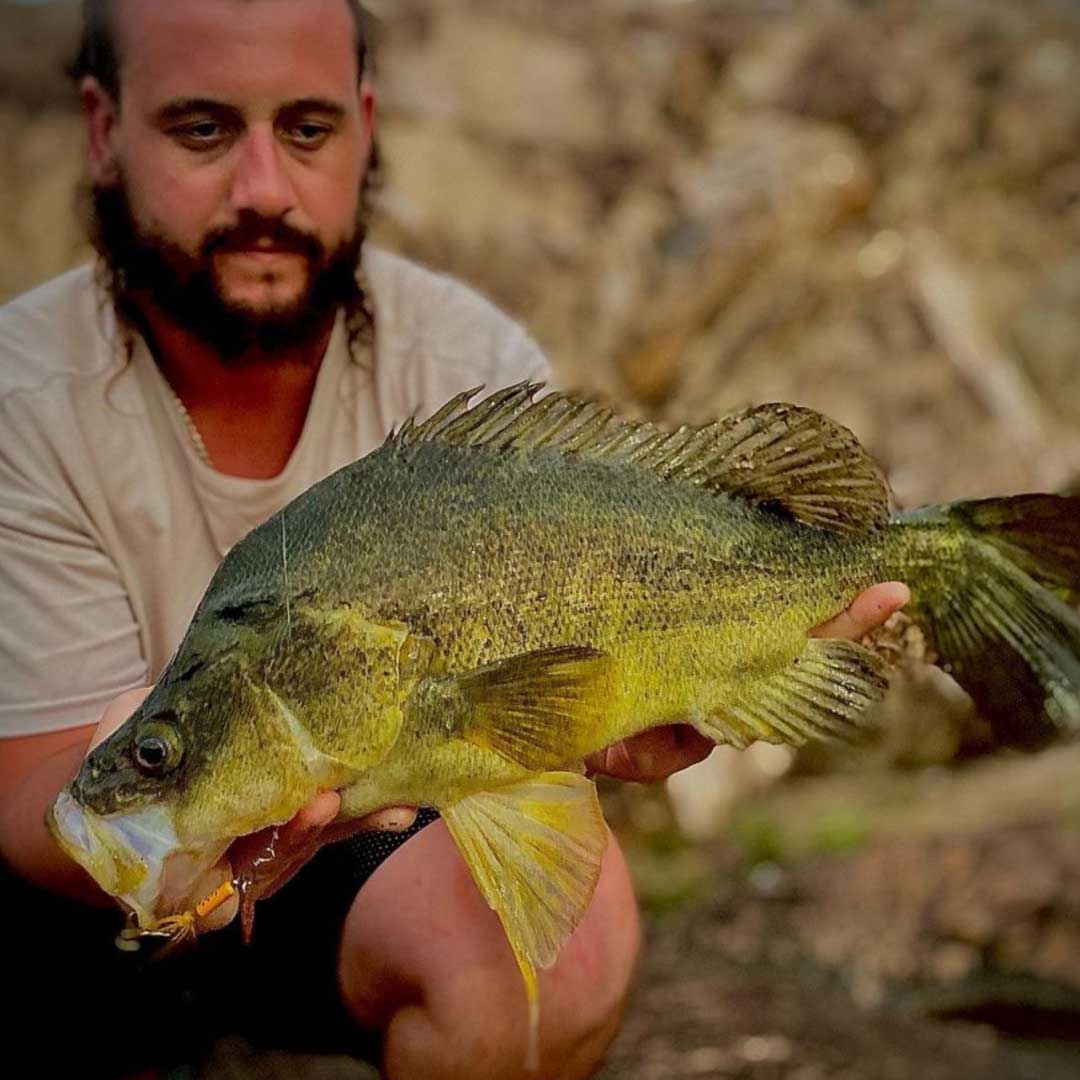
Mastering the Art of Drag Setting: A Fisho's Guide to Surf Fishing Success
Introduction
Hooking a big one is just the start, mates! What comes next is a true test of skill, knowledge, and your gear's mettle. In the world of fishing setting the right drag on your reel is as crucial as the bait you use or the spot you pick. Let’s dive into the nitty-gritty of drag setting. Drag setting is a game-changer that can mean the difference between a brag-worthy catch and a fish tale about the one that got away.
Understanding Drag and Its Impact
The drag system in your reel is what lets you control the amount of resistance a fish feels when it pulls on your line. Too tight and you risk snapping the line or pulling the hook; too loose, and the fish might take you for a ride, or worse, escape. It's all about finding that sweet spot.
The Basics: Line and Hook Considerations
Start with the basics: your line strength and hook size. A thinner hook can pierce easily but might bend under pressure suggesting that you use a lighter drag. In contrast a thicker hook needs more force but won't bend as easily calling for a tighter drag. Stronger hooks and tighter drag can mean MORE PULLED HOOKS though. There is a happy medium.
Always check your gear before heading out. Frayed lines and rusty hooks are a big no-no. And remember, if you're not 100% confident in your reel's reliability, play it safe with a slightly looser drag. The same goes for older sun drenched or damaged line.
Adjusting Drag: A Dynamic Process
Adjusting the drag isn't a 'set-and-forget' deal. It's a dynamic process that should adapt to the conditions and the fish you're battling. On open sand beaches where the environment is more forgiving a lighter drag might suffice. But in rocky areas where a clever fish might cut your line a tighter drag is the go-to. There are also in betweens in both of these scenarios.
The Fight: Tuning the Drag to Your Advantage
The real action begins when you hook a fish. If it's a big one consider easing up on the drag especially if you've got room for the fish to run. However, if you're in a tight spot or dealing with rocks, structure, or heavy surf you might need to keep the drag tight to maintain control.
The final moments of the fight are critical. As the fish tires, and you reel it closer the line tension naturally increases. This is the time to back off the drag slightly reducing the risk of a pulled hook or a snapped line. Loosening the drag when a fish gets into the rip going against you may be the different between landing that Mulloway or breaking off with the extra force on the line.
The Unscientific Approach: Trust Your Instincts
Many seasoned anglers, myself included, set the drag based on feel developed over years of experience. It should take a good solid tug to pull line out when you're setting the hook but still allow the fish some freedom to run. It’s about balancing control and flexibility. Not so loose they run forever and not so tight you pull the hook out of their mouth or bend the hooks.
Fight the Big Ones Out There
Regardless of drag setting you will want to fight the bigger fish out there when it is safe. As line gets shorter tension increases. Tire big fish out in open water if you can. This is best for fishing off the rocks or in the surf. A fresh green fighting fish at your feet is a recipe for disaster as line tension is increased and control is low. There is much greater chances of a fish throwing the lure, bending the hook, or tearing the hook out when fighting up close. When up close use your rod more to absorb quick movements. Don't lift the fish by the line but instead use the swell to bring the fish in.
Hardware Considerations: Protecting Your Gear
Increased drag, especially when paired with fast-action rods and braided lines, can be hard on your gear. Ensure your hooks and split rings are up to the task as they often become the weak points under heavy pressure. Remember that breaking strain of your line rating is not the only factor to consider when setting the drag, Fish mouths are not eveloved for holding 40 pounds of tension in a 1 or 2 millimeter hole in it's lip. You can and will pull the hook if the drag is set too hard even if you don't break the line.
Conclusion
Setting the perfect drag is a blend of science, art, and a bit of gut feeling. It’s about understanding your gear, the conditions, and the fish you’re after. With practice and patience, you’ll develop a sixth sense for that ideal drag setting, making each trip to the surf a potential story for the ages.
Remember, there's no one-size-fits-all approach. Experiment, learn from each outing, and most importantly, have a fair go and enjoy the thrill of the catch!
Photo:@TheBoysFishing Instagram
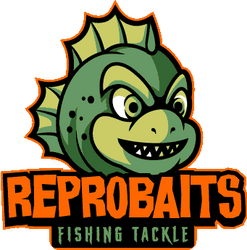
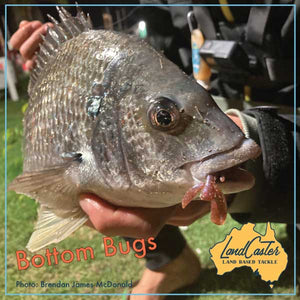
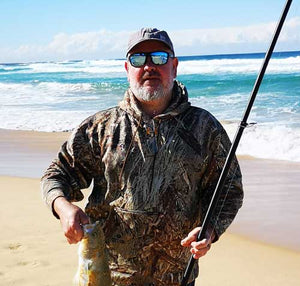
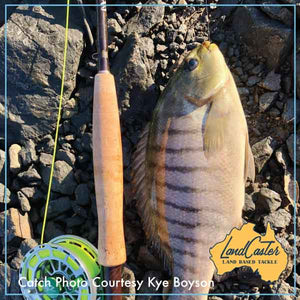
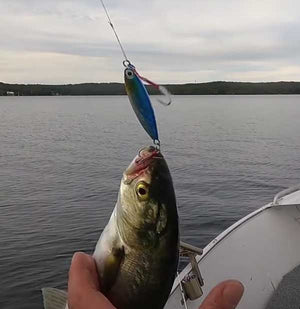
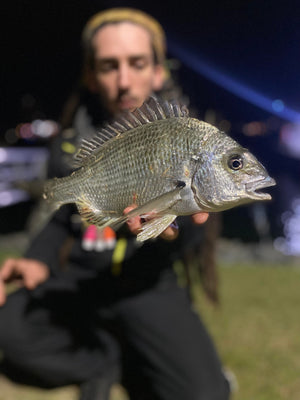
Leave a comment